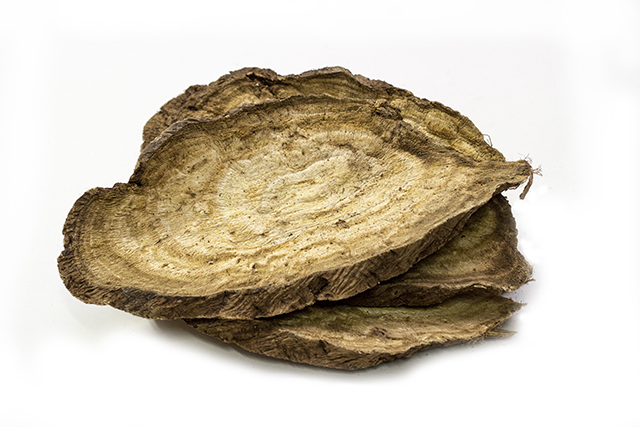
One of the serious complications that can result from diabetes is a progressive disease called diabetic nephropathy. This takes place when hyperglycemia causes oxidative stress and produces reactive oxygen species in the kidneys.
The abundance of stress and free radicals trigger renal apoptosis. The important cells, enzymes, and tissues of the kidney are damaged and destroyed by the reactive oxygen species.
If not stopped, diabetic nephropathy will lead to end-stage renal disease. The kidneys would have essentially failed, being able to achieve only a fraction of their original function. Patients would require either dialysis or a kidney transplant, both of which have their risks and drawbacks.
Conventional treatment for the disease involves the use of hypertensive drugs. Herbal medicines have been studied as supplementary treatments that can improve the effectiveness of pharmaceuticals. (Related: This traditional Indian plant relieves pain without the side effects.)
Aqueous extract of Indian kudzu examined for nephroprotective activity
Indian kudzu is one of the herbal treatments prescribed by Ayurvedic ethnomedicine. The tubers are a treasure trove of antioxidants that reduce the effects of oxidative stress and reactive oxygen species related to aging and various ailments.
A Banaras Hindu University (BHU) research team investigated the kidney-protecting properties of the plant. They devised an animal model using rats with Streptozotocin-induced diabetes.
Tubers were collected and processed into a water-based extract. Gas chromatography-mass spectrometry was used to analyze the individual phytochemicals that made up this extract
The diabetic rats were divided into three groups. One group remained untreated and acted as the diabetic nephropathy control group. The other two groups orally received a dose of either 50 or 100 milligrams of Indian kudzu extract for every 100 grams of body weight. A group of healthy rats served as the normal control group.
Treatment took place every day and lasted for 20 days. At the end of that period, the rats were sacrificed and samples of their kidney tissues were taken for analysis.
In addition to looking for signs and levels of reactive oxygen species and lipid peroxidation, the researchers also evaluated the activity of superoxide dismutase, catalase, and glutathione peroxidase. The last three are antioxidant enzymes that scavenge reactive oxygen species.
Finally, the researchers also examined the expressions of proteins that caused renal apoptosis.
The Indian kudzu protects the kidneys from oxidative stress
The chemical analysis of the aqueous extract identified 37 natural compounds. The most common phytochemical is 5-Hydroxymethylfurfural, which makes up 17.80 percent of the extract.
The kidneys of diabetic rats showed large numbers of reactive oxygen species and high levels of oxidative stress. The antioxidant enzymes that should be keeping those harmful chemicals and reactions in check displayed lower activity levels.
In addition, the expression of the proteins that normally prevent apoptosis have been down-regulated. At the same time, the proteins that encourage the self-destruction of cells
The addition of Indian kudzu extract reverses that degeneration. It improved the activity of the antioxidant enzymes, allowing them to scavenge more reactive oxygen species and reduce oxidative stress. This reduced the rate of apoptosis, which was marked by lower levels of albumin excreted through the urine.
The effectiveness of the treatment increased alongside the dosage. So the 100 mg/100 g body weight dose was more effective than the 50 mg/100 g body weight dose.
Based on their findings, the BHU researchers recommended that Indian kudzu be considered a therapy for diabetics who wish to prevent diabetic nephropathy.
To learn more about the other ways that Indian kudzu can improve your health, visit NaturalCures.news.
Sources include:
Please contact us for more information.























